by Beau Martonik
I am extremely lucky to have grown up in the Appalachian range of Pennsylvania that is home to some of the most vast, wild terrain in the East. From large tracts of timber in rolling hills – to near vertical terrain broken up by cliffs – you can find it all here. This type of terrain spans all throughout the east and north eastern United States, but you rarely see or read anything about it. Why is that? Bowhunting mountain bucks in these areas can be difficult due to the absence of crop fields, low deer densities, typically smaller racks (I’m using the word typically loosely) and the terrain itself can be difficult to navigate. So why would anyone want to try bowhunting mountain bucks? I have found that hunting deer in this environment brings a sense of adventure that I can only compare to hunting the western mountains. If you want to get out of your comfort zone and try something new, I suggest diving into the world of bowhunting mountain bucks. Here are five reasons you should give it a try this season.
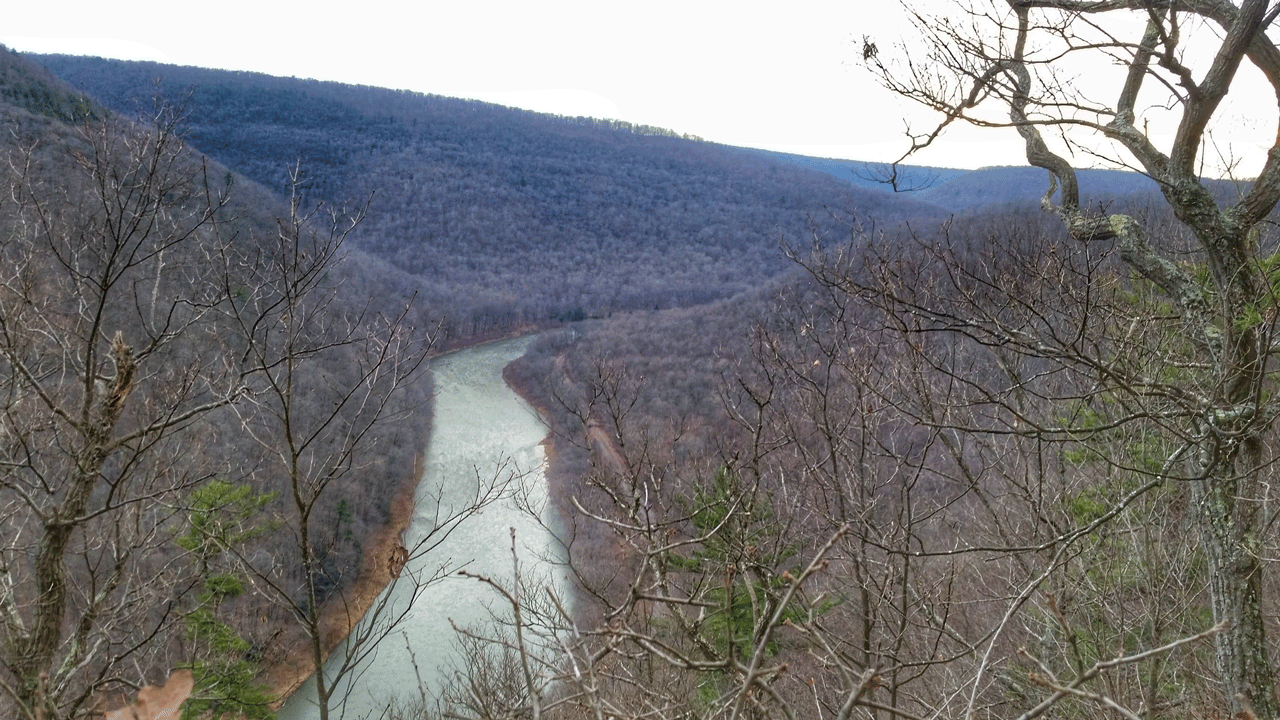
Looking for a new challenge this deer season? Try hunting mountain bucks.
Being Able to get Away From Crowds
In traditional farm country, property boundaries and buildings can be limiting in how you have to hunt. The opportunity to escape other hunters in the mountains is endless with such large tracts of public access, difficult terrain to navigate, and other landmarks such as rivers and creeks to negotiate. When I am looking at maps to scout online and notice large amounts of timbered areas in a state, it usually is correlated with being far away from major cities and highways. That alone limits the amount of weekend warriors and people in general from making the long drive to these areas. With that being said, I use that to my advantage and will put forth the extra effort in driving well before daylight or truck camping for however long I am planning on hunting.
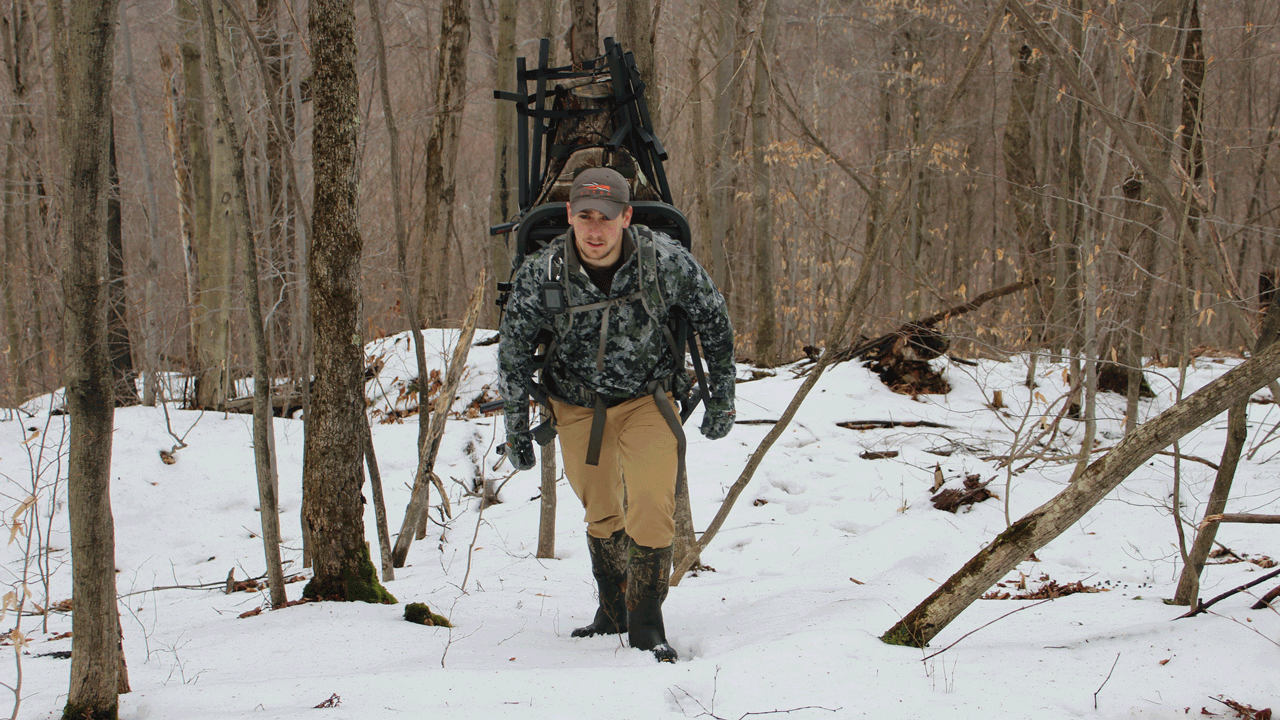
You’ll typically leave the crowds behind when you hunt mountain bucks.
Smaller Scale (and budget friendly) Version of a Western Hunt
If a screaming bugle cutting through the cool September air gets you fired up, then you are not alone. I love hunting the west in search of adventure style hunts, and urge anyone to make it happen. However, sometimes life can get in the way, whether that’s a negative impact such as a job loss, or a positive impact, like having a child. Either way that can make it tough to get away for 1-2 weeks and travel across the United States for a hunting trip. That doesn’t mean that you just have to chalk up this hunting season as a loss when it comes to adventure hunting. Actually, you can find adventure anywhere if you get creative enough and do some planning. The Appalachian region has everything that you need to get away, unwind and focus on hunting truly wild whitetail bucks. Within a few hours drive of most major cities, you can get away for a weekend or week-long trip while doing so on a budget. For example, when I travel to hunt whitetails in the mountains, I either sleep in my truck, a tent, or sometimes rent a small cabin if I go with a group of people.
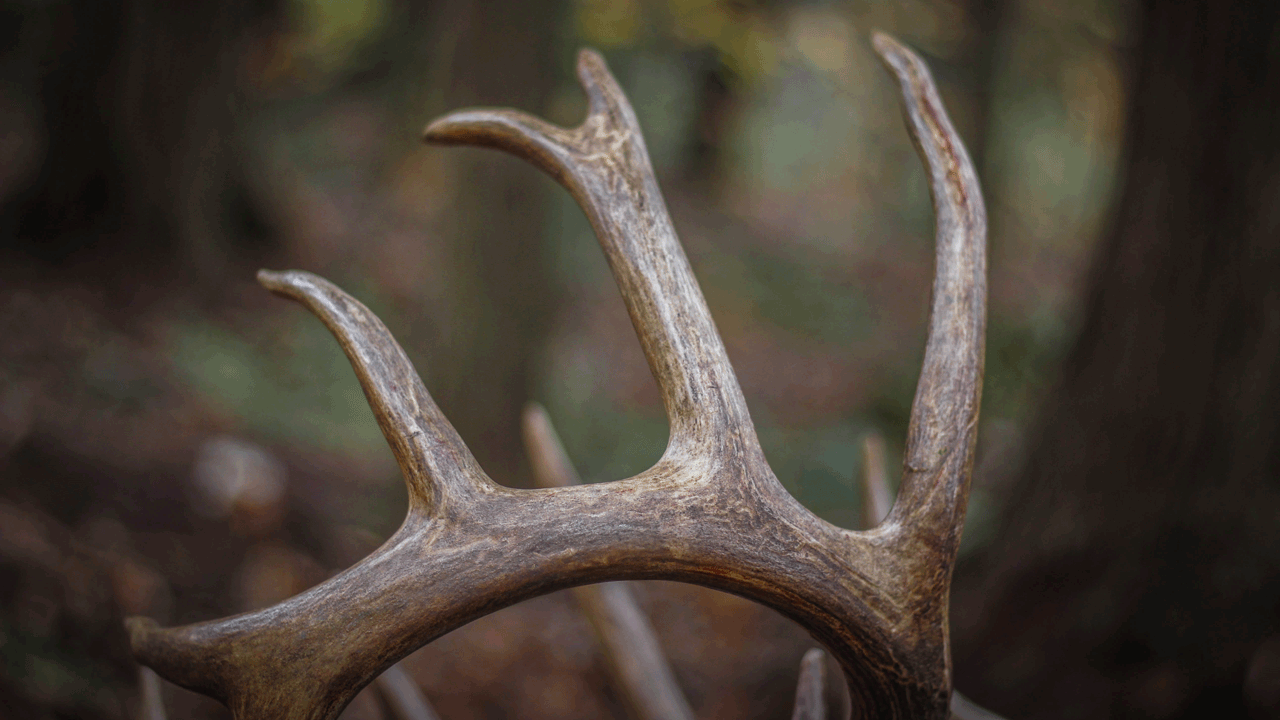
Bowhunting mountain bucks in the east brings plenty of adventure in a budget-priced package.
Large Tracts of Public Land Access
In the mountain regions, you are typically welcomed by thousands of acres of federal and state owned public lands, as well as private lands owned by large corporations that are open to public access. For example, just in northern Pennsylvania alone, the PA Wilds region is home to over 2 million acres of public lands open to hunting. Even with Pennsylvania being one of the most heavily hunted states, you can find solitude in these remote places. This is true for much of the east coast, as well as many other states throughout the country. I’ve read countless times online where public lands are too crowded and how the hunting is terrible. This just goes back to my point on getting away from major population centers and studying maps to find those hidden areas. I’ve had some negative experiences with hunting on public lands, but many more positive ones to offset that. You aren’t limited to a 50 or 100 acre piece of property to pattern deer. You can go as far as your legs will carry you and hunt the deer wherever they tend to roam.
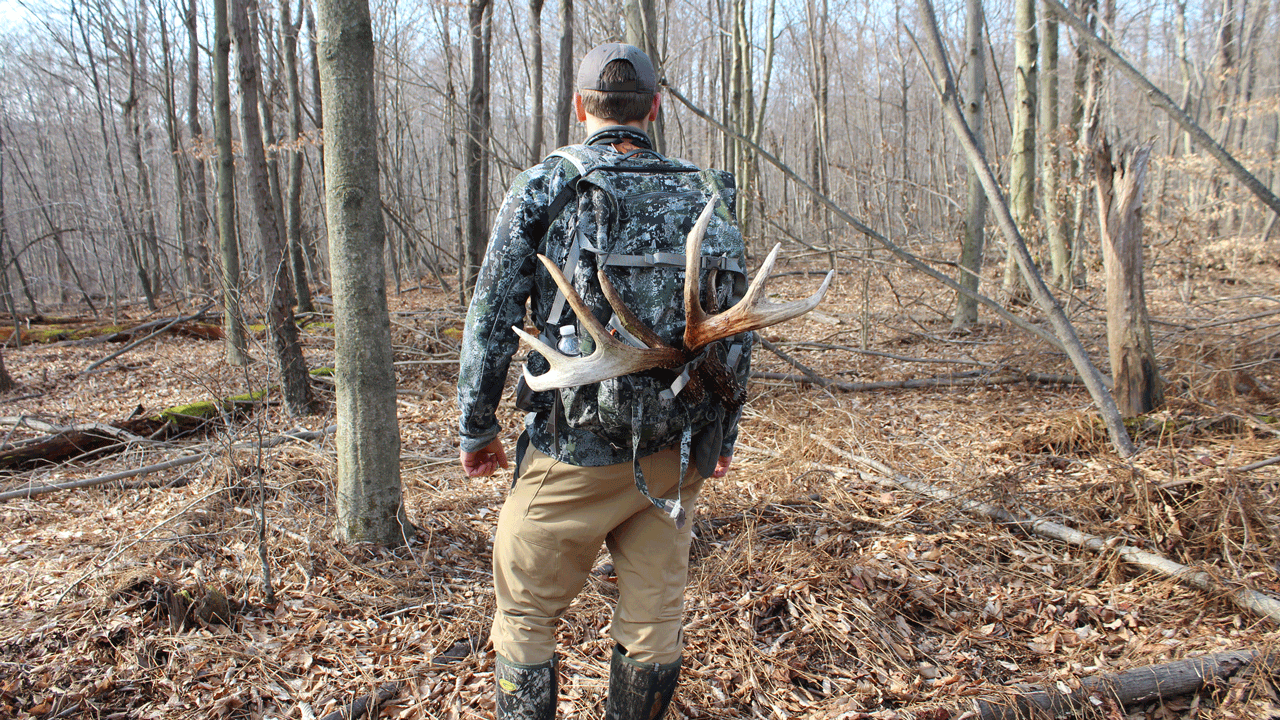
Larger tracts of land offer plenty of room to roam in search of your mountain buck.
Hunting Deer in Their Natural Habitat
Whitetail hunting in farm country is characterized by crop fields, hay fields, food plots, fence rows, and buildings that impact how a deer uses the land. In a way, these man-made environments tend to manipulate deer behavior and movement. The crop fields and food plots provide great nutrition and fuel for the animals that inhabit these areas. There is absolutely nothing wrong with this, but there’s something to be said about sitting in a treestand watching deer move through the mountains wondering why they are doing what they are doing. Observing the deer using natural terrain funnels such as saddles on the ridges or beaver ponds in the bottoms can teach you so much about how deer move in a wilderness setting.
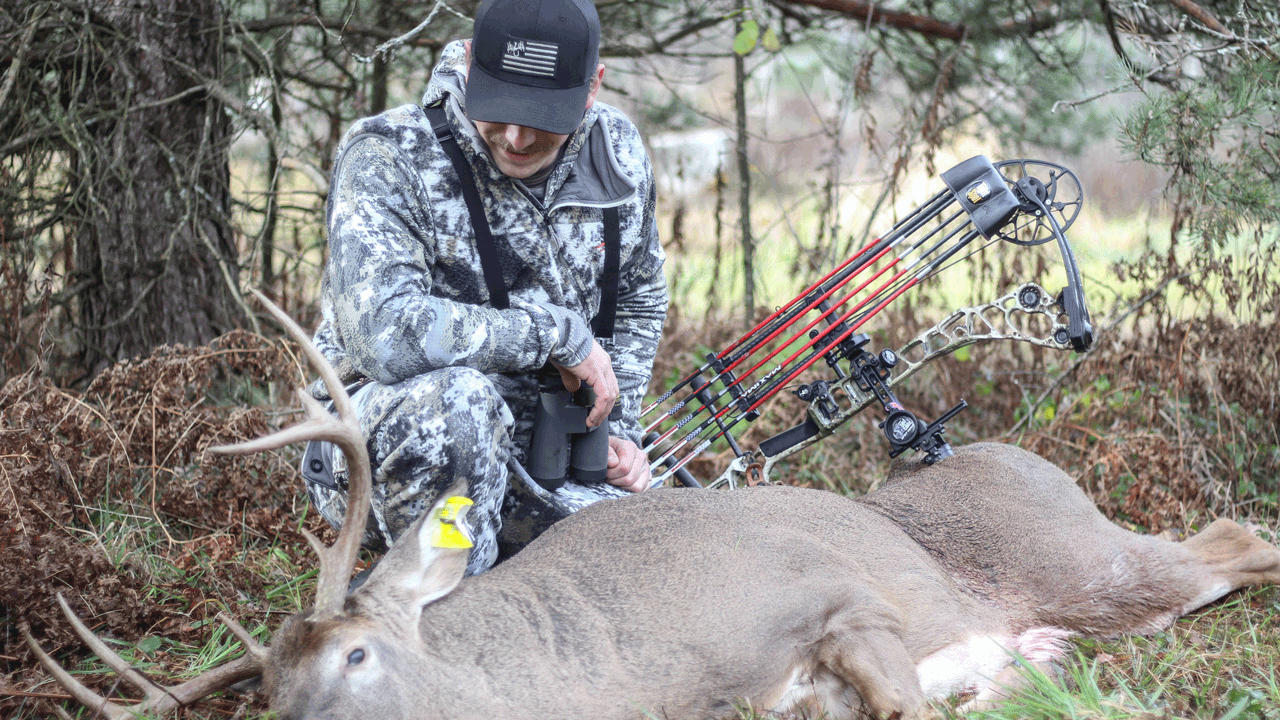
Mountain bucks are a unique breed. Many of these deer go a lifetime in their natural habitat without ever encountering a hunter. When you do find him, you can bet he’ll be a good one.
The Potential for Really Old Bucks
One of the best aspects of hunting mountain bucks is the potential for scoring on really old bucks. In the mountains, deer can grow very old, even in areas with relatively high hunting pressure. How does this make sense? Well, the terrain and dense cover have a lot to do with this. Bucks can live on the side of these mountains for years without being disturbed from people. And when they are pressured, their escape routes are pretty much flawless. From thick hemlock trees, to a heavy layer of underbrush, this can make it difficult even for rifle hunters to get a clean shot at a deer. Not all of the mountain states are this way, but in Pennsylvania, the additional antler restrictions have helped get those 1.5-2.5 year old deer through their immature stages and become smarter as they age. When I say potential for really old bucks, I am referring to bucks in the 5-10 year old range. That’s right! Some will grow large framed racks, and others may gain mass and body size. Are there 170” deer on every mountain? Probably not. But I would bet that there are a couple of old, gray faced, chocolate antlered, belly sagging monarchs somewhere in the vicinity.
Bowhunting Mountain Bucks – Conclusion
Bowhunting whitetails is fun no matter where you are, but why not try something different? The things you will learn hunting mountain bucks will challenge you to become a better woodsman in the process. If old, cagey, untamed bucks get you fired up, then bowhunting mountain bucks should be on your calendar this season. See you on the mountain!





